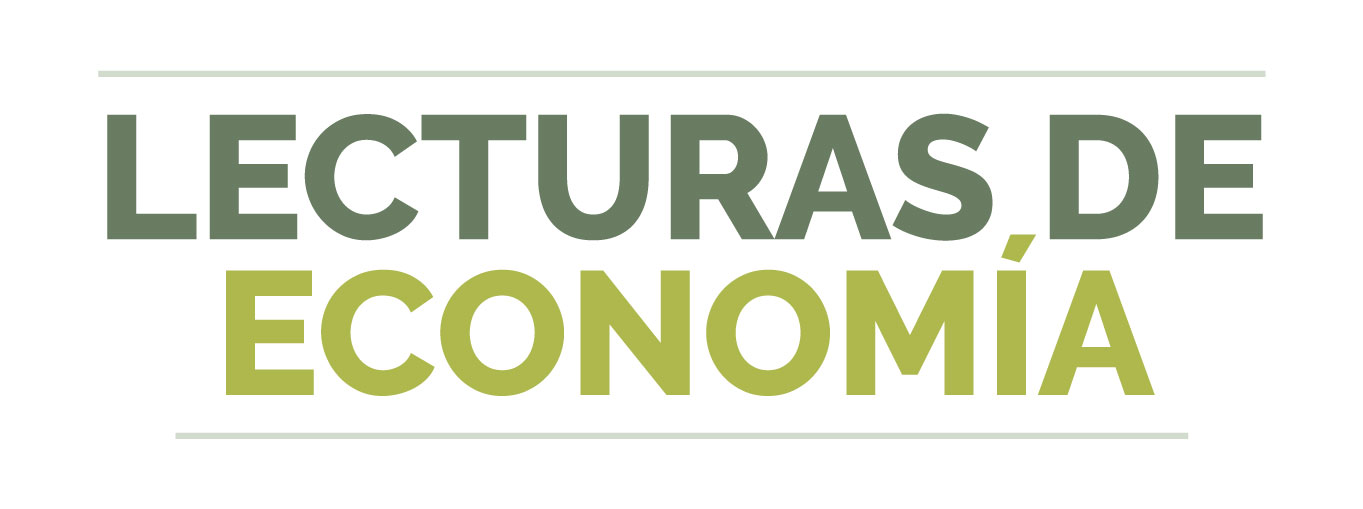L'intégration des théories de la demande globale et du circuit monétaire dans la perspective post-keynésienne de Sergio Cesaratto
DOI :
https://doi.org/10.17533/udea.le.n96a345977Mots-clés :
Post-keynésien, Sergio Cesaratto, demande effective, monnaie endogène, théorie des circuits monétairesRésumé
Dans Cesaratto (2016) et Cesaratto et Bucchianico (2020), l'économiste Sergio Cesaratto propose un cadre d'interprétation pour intégrer de manière cohérente certains des éléments de la théorie de la demande globale et de la théorie monétaire hétérodoxe. L'objectif de ce texte est de présenter de la manière la plus claire et la plus schématique possible la proposition théorique de Sergio Cesaratto, afin de contribuer à la diffusion des théories post-keynésiennes en espagnol, en tenant compte de l'importance analytique qu'elles continuent d'avoir pour compréhension du fonctionnement du capitalisme.
Téléchargements
Références
Cesaratto, S. (2016). Initial and Final Finance in the Monetary Circuit and the Theory of Effective Demand. Metroeconomica, 68 (2), 228-258. https://doi.org/10.1111/meca.12132
Cesaratto, S., & Bucchianico, S. d. (2020). Endogenous Money and the Theory of Long Period Effective Demand. Bulletin of policital economy 14 (1), 1-38. https://serialsjournals.com/abstract/38226_1-cewsaratto_di_bucchianico.pdf
Dalziel, P. (1996). The Keynesian Multiplier, Liquidity Preference, and Endogenous Money. Journal of Post Keynesian Economics, 18(3), 311-331. https://doi.org/10.1080/01603477.1996.11490075
Davidson, P. (1986). Finance, Funding, Saving, and Investment. Journal of Post Keynesian Economics, 9 (1), 102-110. https://www.jstor.org/stable/4537993
Freitas, F., & Serrano, F. (2015). Growth Rate and Level Effects, the Stability of the Adjustment of Capacity to Demand and the Sraffian Supermultiplier. Review of Political Economy, 27 (3), 258-281. https://doi.org/10.1080/09538259.2015.1067360
Girardi, D., & Paribon, R. (2016). Long-run Effective Demand in the US Economy: An Empirical Test of the Sraffian Supermultiplier Mode. Review of Political Economy, 28(4), 523-544. https://doi.org/10.1080/09538259.2016.1209893
Gnos, C. (2006). French circuit theory. En M. Sawyer, & P. Arestis, A Handbook of Alternative Monetary Economics (p.p. 87-104). Edward Elgar.
Graziani, A. (2003). The monetary theory of production. Cambridge University Press. Edward Elgar.
McLeay, M., Radia, A., & Thomas, R. (2014). Money creation in the modern economy [Quarterly Bulletin of the Bank of England, Q1]. https://www.bankofengland.co.uk/-/media/boe/files/quarterly-bulletin/2014/money-creation-in-the-modern-economy.pdf?la=en&hash=9A8788FD44A62D8BB927123544205CE476E01654
Piégay, P., & Rochon, L. (2006). Teorías monetarias poskeynesianas. AKAL editorial.
Pivetti, M. (2002). Economia Politica. Laterza.
Pivetti, M. (2015). Marx and the Development of Critical Political Economy. Review of Political Economy, 27(2), 134-153. https://doi.org/10.1080/09538259.2015.1010706
Realfonzo, R. (2006). The Italian Circuitist Approach. En M. Sawyer, & P. Arestis, A Handbook of Alternative Monetary Economics (p.p. 105-121). Edward Elgar.
Samuelson, P. (1939). Interactions between the Multiplier Analysis and the Principle of Acceleration. The review of Economics and Statistics, 21 (2). https://doi.org/10.2307/1927758
Téléchargements
Publié-e
Versions
- 2022-02-14 (2)
- 2021-11-12 (1)
Comment citer
Numéro
Rubrique
Licence
(c) Tous droits réservés Federico Gutiérrez Naranjo 2021

Cette œuvre est sous licence Creative Commons Attribution - Pas d'Utilisation Commerciale - Partage dans les Mêmes Conditions 4.0 International.
Cette page, par Universidad de Antioquia, est autorisée sous une Licence d'attribution Creative Commons.
Les auteurs qui publient avec cette revue acceptent de conserver les droits d'auteur et d'accorder le droit de première publication à la revue, l'article sous licence sous une licence Creative Commons Attribution-NonCommercial-ShareAlike permettant à d'autres de le partager tant qu'ils reconnaissent sa paternité et sa publication originale dans ce journal.
Les auteurs peuvent conclure des accords contractuels supplémentaires et distincts pour la distribution non exclusive de la version publiée de la revue (par exemple, la publier dans un référentiel institutionnel ou la publier dans un livre), à condition que ces accords soient sans but lucratif et être reconnu comme la source originale de publication.
Les auteurs sont autorisés et encouragés à publier leurs articles en ligne (par exemple, dans des dépôts institutionnels ou sur leurs sites Web), car cela peut conduire à de précieux échanges ainsi qu'à une plus grande citation des travaux publiés.















